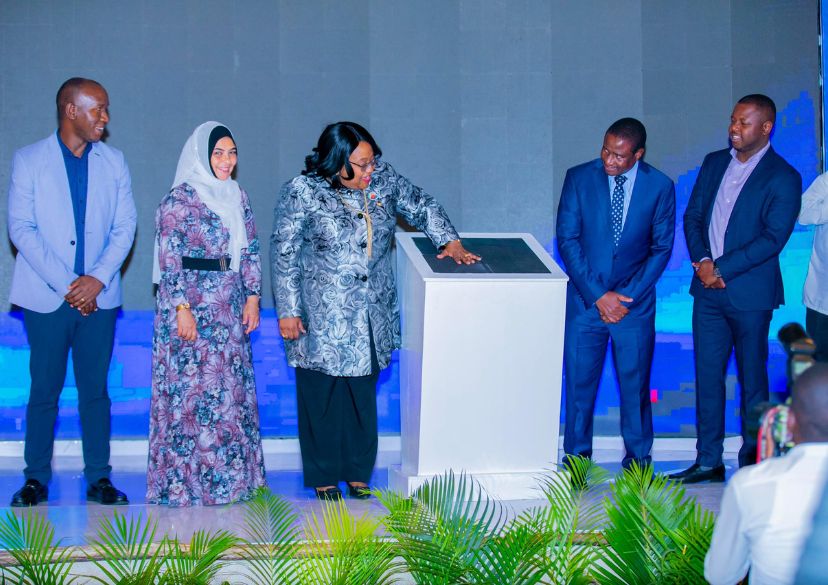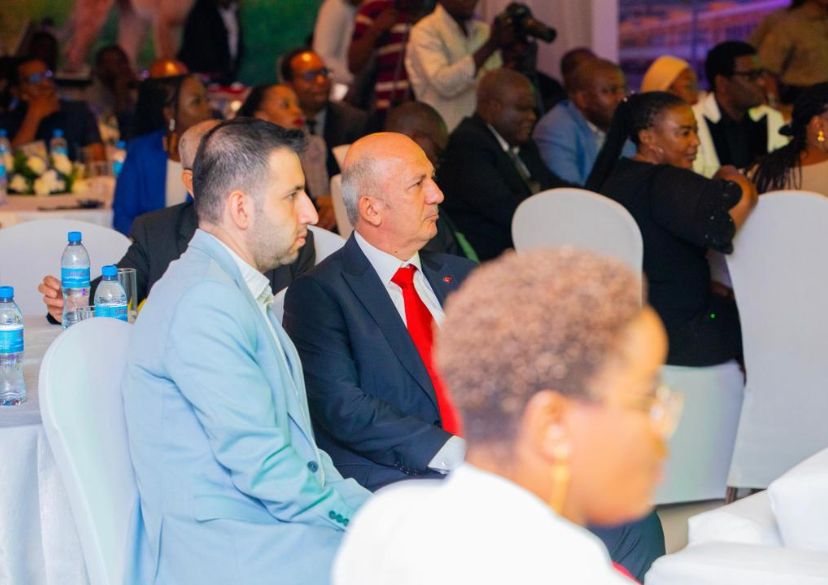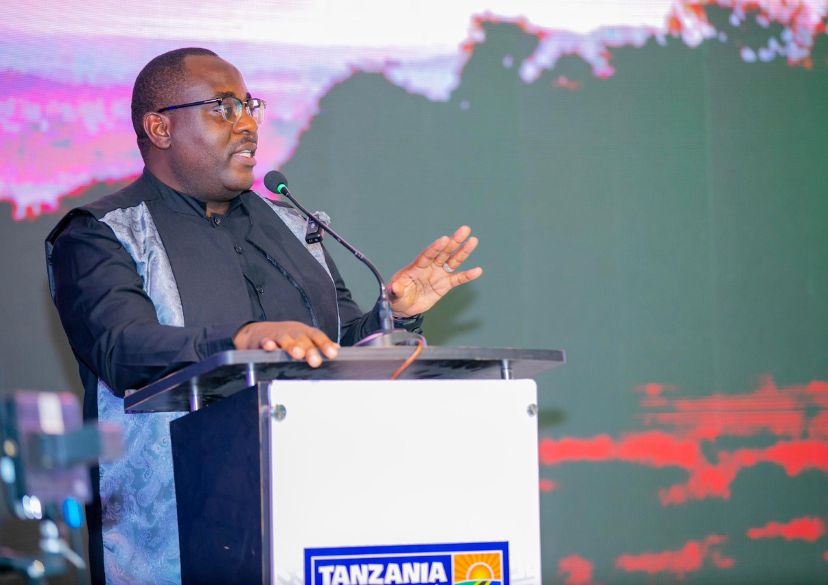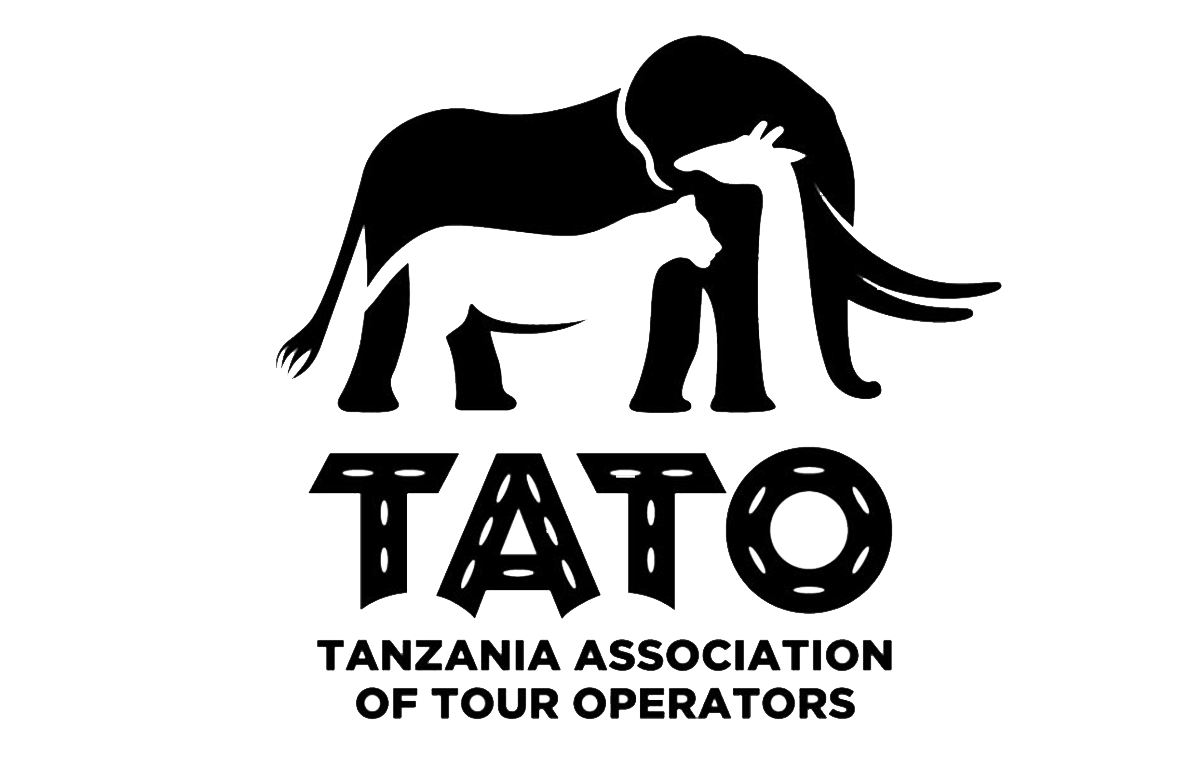2025 Kicks Off with a Tourism Boom in Tanzania: A New Era of Growth and Challenges

The year 2025 has begun with a resounding success for Tanzania’s tourism sector, marking a historic milestone as the country surpassed its target of attracting 5 million tourists ahead of schedule. A total of 5,360,247 tourists visited Tanzania, with domestic tourists accounting for 3,218,352 visitors and international tourists contributing 2,141,895. This remarkable achievement was celebrated during an event in Dar es Salaam on January 31, 2025, where the Minister of Natural Resources and Tourism, Hon. Ambassador Dr. Pindi Chana, highlighted the sector’s progress.
“This is a historic moment for Tanzania,” said Minister Chana. “I extend my deepest gratitude to Her Excellency Dr. Samia Suluhu Hassan, President of the United Republic of Tanzania, for her visionary leadership. Her efforts have elevated Tanzania’s position on the global tourism map, and we are now reaping the rewards of her dedication.”
The tourism sector has seen significant growth in recent years, with domestic tourism playing a pivotal role. Campaigns such as #UtaliiTena, alongside investments in tourism infrastructure, have spurred this growth. However, while the number of tourists has exceeded expectations, the challenge now lies in increasing tourism revenue to meet the government’s ambitious target of $6 billion by the end of 2025.

World Bank Report: Three Pillars for Tourism Growth
A January 2015 World Bank report on Tanzania’s tourism sector emphasized the need for strategic reforms to address existing challenges and unlock the sector’s full potential. The report outlined three critical pillars to help Tanzania achieve its goal of increasing tourism revenue eightfold by 2025:
- Pillar I: Diversification of Geographic Locations and Tourism Segments
Currently, Tanzania’s tourism is heavily concentrated in the Northern circuits around Arusha and Zanzibar, catering primarily to high-value tourists. To broaden its appeal, Tanzania must diversify its offerings by expanding to other geographic locations and promoting alternative attractions such as beach activities, cultural tourism, and business tourism. This would attract a wider range of tourists and reduce over-reliance on a few key destinations.
- Pillar II: Integration of Tourism Activities at Existing Attractions
The report highlighted that Tanzania’s tourism industry is not generating enough high-value jobs for locals, with workers earning only one-third of what their counterparts in Kenya make. Additionally, many resorts rely heavily on imported materials, equipment, and food. To address this, the report calls for proactive policies developed through public-private partnerships to enhance local skills, improve service quality, and increase the use of locally sourced products.
- Pillar III: Improvement in the Quality of Governance
The tourism sector faces challenges due to multiple taxes and levies, which discourage investment and create opportunities for corruption. The report recommends implementing a fair and business-friendly taxation system, as well as developing transparent redistribution mechanisms to ensure local stakeholders benefit from tourism revenue.
The Big Question: How Are We Faring 10 Years Down the Road?
The big question here, as posed by TATO Executive Director Mr. Elirehema Maturo, is: “10 years down the road, how are we faring in implementing the three pillars for unlocking enormous tourism potential in Tanzania?” While significant progress has been made, challenges remain. The diversification of tourism segments and geographic locations has seen some success, with new destinations like southern Tanzania gaining traction. However, the Northern circuits and Zanzibar still dominate, indicating that more work is needed to fully realize Pillar I.
In terms of Pillar II, efforts to integrate tourism activities and enhance local value chains have been commendable but uneven. While some resorts have started sourcing locally and investing in staff training, the sector still relies heavily on imports, and local workers’ wages remain low compared to regional benchmarks. This highlights the need for more robust public-private partnerships and targeted policies to address these gaps.
Pillar III, which focuses on governance, has seen mixed results. While some reforms have been introduced to streamline taxes and levies, the sector still grapples with bureaucratic inefficiencies and corruption. Transparent redistribution mechanisms to benefit local communities are yet to be fully realized, underscoring the need for stronger institutional frameworks and accountability.

TATO’s Role in Advancing Tanzania’s Tourism Sector
The Tanzania Association of Tour Operators (TATO) has been instrumental in driving the sector’s growth. TATO has actively advocated for policy reforms, improved infrastructure, and sustainable tourism practices. In response to the World Bank report, TATO has pledged to work closely with the government and private sector to implement the recommended pillars.
TATO’s Chairman, Mr. Wilbard Chambulo, emphasized the importance of collaboration: “We are committed to supporting the government’s vision for tourism growth. By diversifying our offerings, enhancing local capacity, and improving governance, we can ensure Tanzania remains a top global destination while creating more opportunities for our people.”
Key Contributions from Dr. Hassan Abbasi and Hon. Timotheo Mnzava
The Permanent Secretary of the Ministry of Natural Resources and Tourism, Dr. Hassan Abbasi, reiterated the government’s commitment to achieving the $6 billion revenue target. “The Ministry has strategically positioned itself to ensure that we not only meet but exceed our revenue goals by December 2025. We are focused on improving services, enhancing infrastructure, and expanding tourism markets to ensure Tanzania remains a preferred destination globally,” said Dr. Abbasi.
Hon. Timotheo Mnzava, Chairman of the Parliamentary Standing Committee on Land, Natural Resources, and Tourism, acknowledged the progress made but stressed the need for further efforts to boost revenue. “We have surpassed the target in terms of tourist numbers, but we still need to push forward to increase revenue. Currently, we are at 4 billion ,but our goal is to reach 6 billion, We need more strategies to ensure we achieve this,” said Hon. Mnzava.

Looking Ahead
While Tanzania’s tourism sector has achieved remarkable success, there is still much work to be done. The government, through the Ministry of Natural Resources and Tourism, is focused on improving services, upgrading infrastructure, and expanding tourism markets. Minister Chana reiterated the importance of collaboration with stakeholders, saying, “On behalf of the government, I congratulate and thank all those who contributed to these achievements. Your efforts are invaluable, and we will continue working together to ensure sustainable growth in the tourism sector.”
With these efforts, Tanzania is solidifying its position as one of Africa’s leading tourism destinations. The World Bank’s recommendations, combined with TATO’s proactive initiatives, provide a clear roadmap for achieving the sector’s full potential. By addressing current challenges and leveraging its natural and cultural assets, Tanzania is poised to create a thriving tourism industry that benefits both current and future generations.

